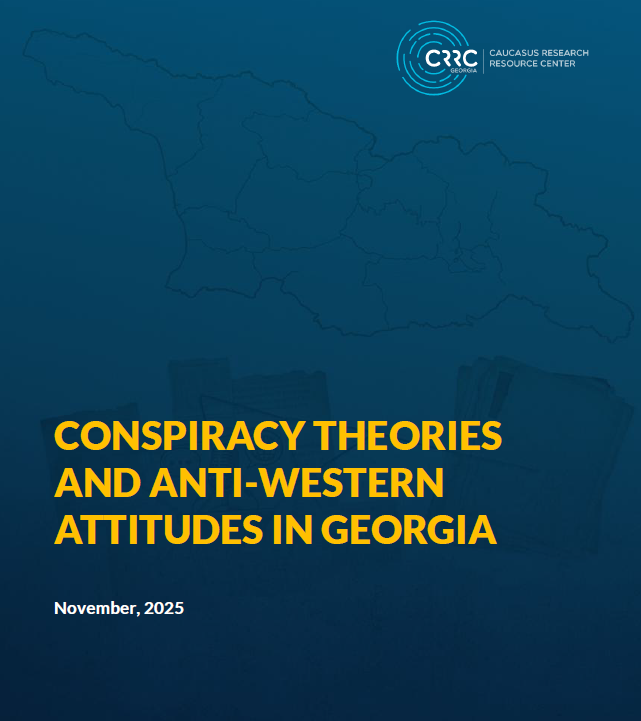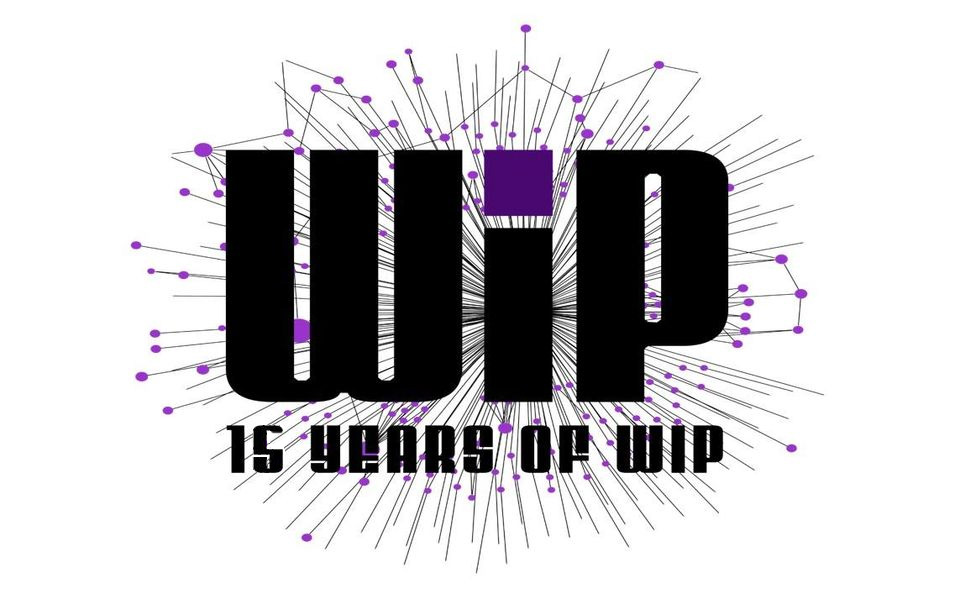What is the average Armenian secondary school student’s competence in Maths and Science? Is Armenia doing fine, or is it time for the education policy makers to review the secondary school curricula. Trends in International Mathematics and Science Study (TIMSS) proposes an answer to these questions. TIMSS is an international evaluation of the mathematics and science knowledge of fourth and eighth grade students around the world. It was first conducted in 1995, and is administered once in every four years since then. In 2003, alongside with over 60 countries from around the world, Armenia also participated in the study.
Singapore (605), Hong Kong (586), Chinese Taipei (585), Japan (570) lead the TIMSS charts both in Maths and Science. The good news is that Armenia is among the countries that have high scores in Maths among the eight graders. Armenia is the 23rd in the chart, with an average score of 478 and is ahead of Serbia (477), Bulgaria (476), Romania (475) – countries that are above the international average score (467). The picture is different when it comes to the Maths scores of the fourth graders. Armenia’s indicators (456) are significantly lower than international average (495), leaving behind only Norway (451), Iran (389), Philippines (358), Morocco (341) and Tunisia (339).
Science scores among both the eight and fourth graders in Armenia are disappointing: 461 for the eight graders vs. 574 international average score and 437 vs. 489.
Interestingly, girls in Armenia show better results both in Maths and Science than boys (that’s not the typical story). Look at the average grades below.
| Subject | 4th grade | 8th grade | ||
| Male | Female | Male | Female | |
| Mathematics | 450 | 462 | 473 | 483 |
| Science | 432 | 441 | 455 | 468 |
Some alternative studies conducted in Armenia suggest that TIMSS sample may not be representative of the overall population. If we understand the argument correctly, the authors of this study argue that students included in the sample in Armenia are from middle-upper classes. Effectively this could mean that the poorest remain underrepresented. This may be an interesting topic for research (any potential fellows out there?).
TIMSS methodology, datasets and the questionnaires are available for further analysis here. The study is not conducted in other countries yet, although Georgia looks poised to join TIMSS.







